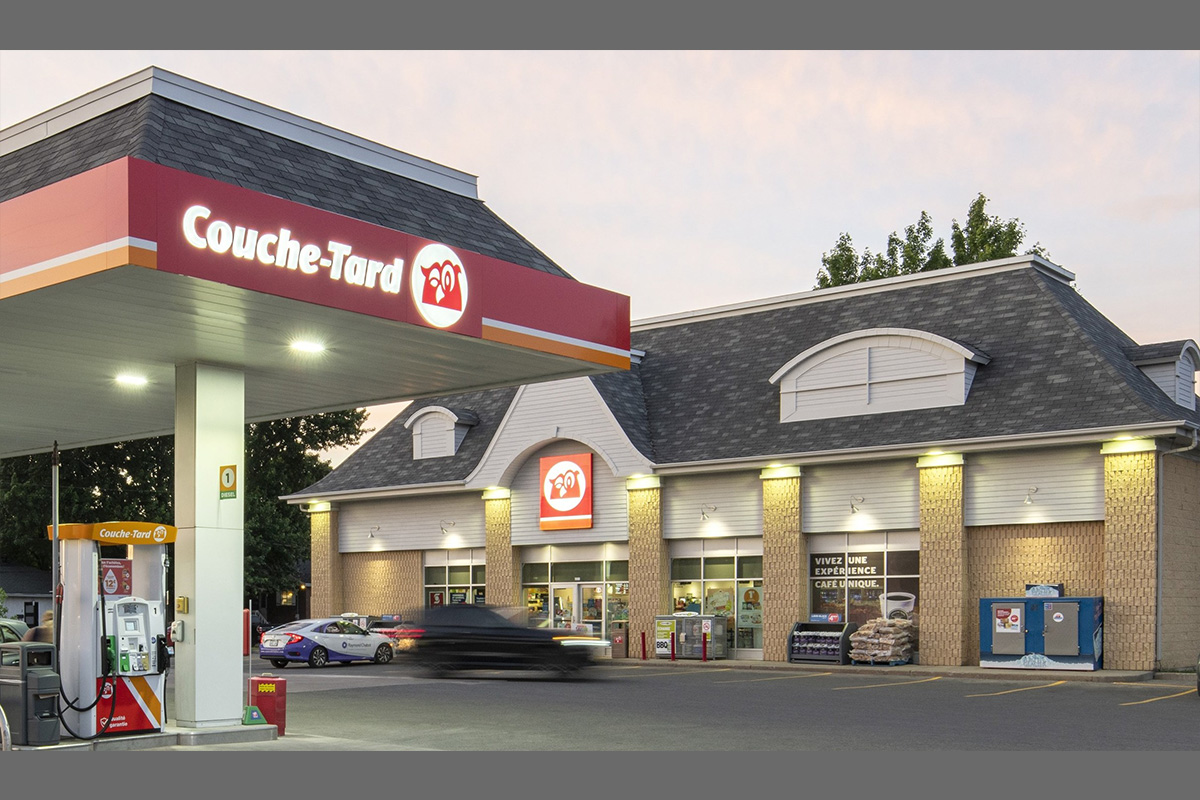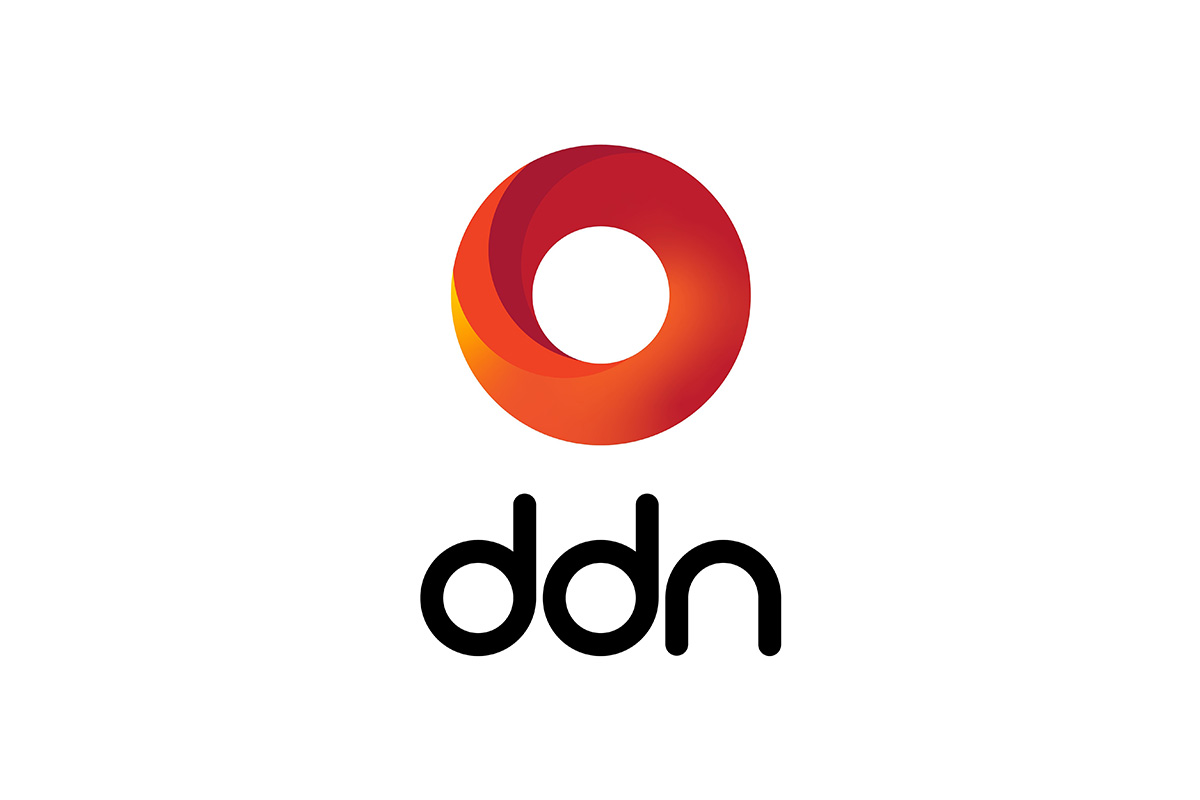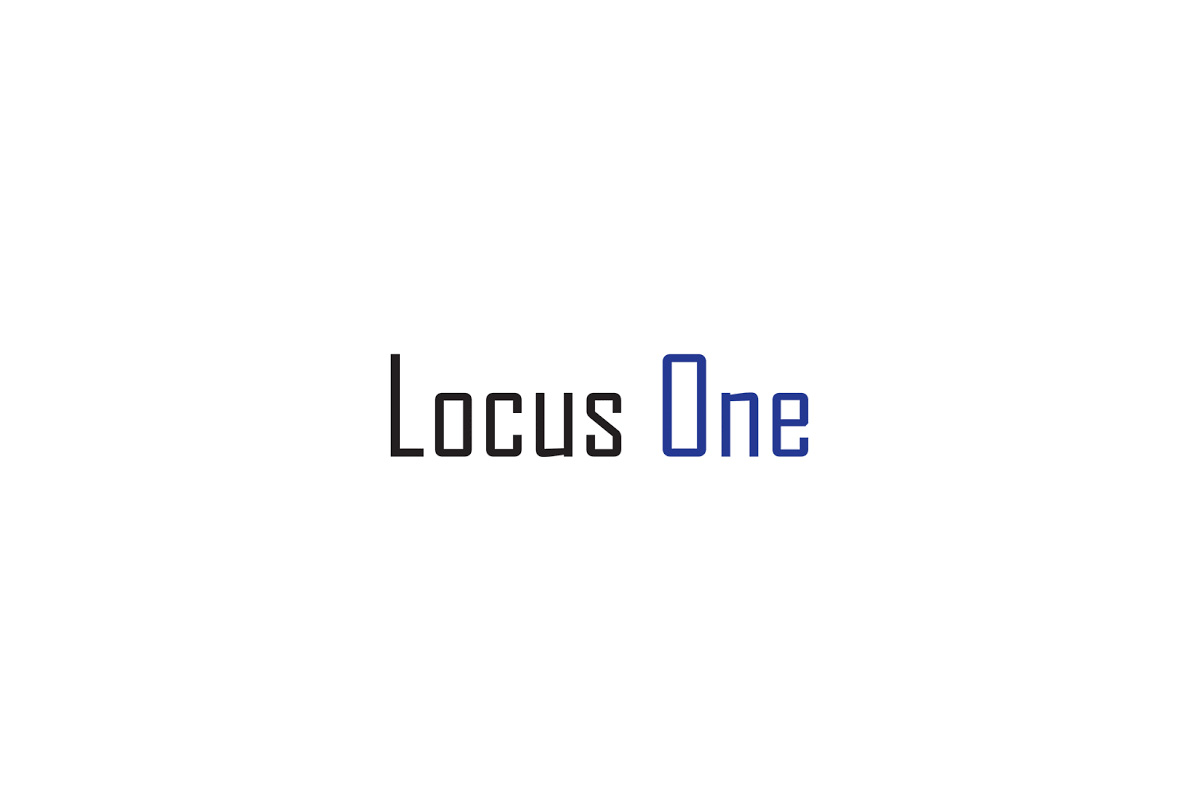Armis, the leading unified asset intelligence platform, today announced Armis Asset Vulnerability Management (AVM), the only solution for risk-based vulnerability management that enables organizations to prioritize mitigation efforts across the entire asset attack surface, including IT, OT, ICS, IoMT, IIoT, Cloud and cellular-IoT, managed or unmanaged. This solution strengthens the Armis Platform which provides unified asset visibility and superior security across the extended attack surface.
Geopolitical instability associated with the Russian invasion of Ukraine, along with ongoing U.S. and North Atlantic Treaty Organization (NATO) aid to Ukraine’s defense efforts, has dramatically increased the possibility of cyberattacks against organizations operating in the U.S. and NATO-aligned countries. Therefore organizations must scale their ability to handle the growing number of vulnerabilities and threats that are putting their assets at risk.
However, today’s organizations are overwhelmed by the number of different assets connected to their networks, and the severe vulnerabilities discovered almost on a daily basis. They are struggling to manage vulnerable assets at scale. With the time it takes to exploit a new vulnerability dropping rapidly, combined with the lack of visibility into the asset attack surface, security and IT operations teams simply cannot address vulnerabilities as quickly as needed.
“Effective vulnerability lifecycle management requires full visibility into the extended attack surface, and understanding the criticality of each asset to the business,” said Yevgeny Dibrov, CEO & Co-Founder, Armis. “With Armis AVM, customers can prioritize mitigation efforts across all assets, according to their criticality to the business, and optimize the use of limited resources to minimize exposure.”
Only with Armis’s Asset Vulnerability Management (AVM) solution and our award-winning Asset Intelligence Platform can they see all their associated levels of risk exposure across their entire enterprise. No other firm offers the rich asset intelligence and context that Armis provides.
Armis will be demonstrating this and other new capabilities at RSA Conference at booth #951 South Hall in San Francisco (June 6-9, 2022)
Armis Asset Vulnerability Management (AVM) is an add-on module that addresses the full vulnerability management lifecycle, beyond vulnerability scanning, calculating the risk for each asset, to help customers prioritize and manage their mitigation efforts.
Armis AVM provides:
- A complete, accurate view of all assets and vulnerabilities in your environment, including managed and unmanaged assets
- Risk-based Prioritization based on the asset criticality and the severity of the vulnerabilities, to focus on what matters most.
- Security automation and orchestration to reduce mean time to remediation (MTTR)
- A full vulnerability management lifecycle to track mitigation efforts over time with out-of-the-box reports and dashboards
The Armis Asset Intelligence Platform enables enterprises the ability to see and control their full cyber asset attack surface. By providing complete asset discovery, real time cyber vulnerability and threat intelligence, and highlighting critical assets that should be prioritized, Armis enables enterprises to quickly hone in on the assets that put their operations at risk, prioritize mitigation efforts to better manage their attack surface, and improve their overall risk posture.
Armis customers are from across all verticals and segments including governments, state, local, education (SLED), healthcare, critical infrastructure providers (CIP), and organizations such as Colgate Palmolive, the NHS, Allegro Microsystems, Nestle, Reckitt, Mondalez, PepsiCo, IBM, DocuSign, the Booking Group, John Muir Health, Brookfield Properties, McKesson, Takeda Pharmaceuticals, AT&T, Florida State University, MTR Elizabeth Line, and many more.











